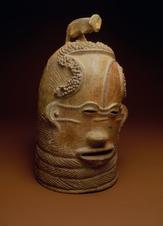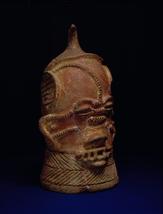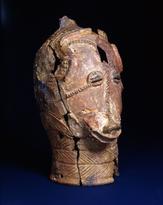Lydenburg Heads



Long before the Voortrekkers arrived here, the area around Lydenburg was inhabited by Iron Age people. Significant archaeological finds have been made here, notably the discovery of seven terracotta heads, later named the Lydenburg Heads, dating back some 1 500 years.
The heads may have been masks, and were probably used on religious occasions or during rituals. Replicas of three of the Lydenburg Heads can be seen in the town's museum, which also has interesting displays on the Voortrekkers, gold mining and the Pedi people.
The Gustav Klingbiel Nature Reserve covers 2 200 ha to the east of the town and has been stocked with kudu, eland, blue wildebeest, blesbok, impala, grey rhebok and reedbuck. Visitors can explore the reserve along three trails, one of which meanders past the terraces and stone walls of an Iron Age settlement.
Best Preserved Architecture
The town is situated at the foot of the famous Long Tom Pass and is surrounded by the Mauchsberg and Steenkampsberg mountain ranges, the highest points in Mpumalanga.
Lydenburg was founded in 1850 by Voortrekkers under the leadership of Andries Potgieter. It was once the capital of its own independent republic and has some of the best-preserved architecture in the country. Reminders of the town's early days include the Voortrekker School (1851), Voortrekker Church (1852) and the Dutch Reformed Church (1894).